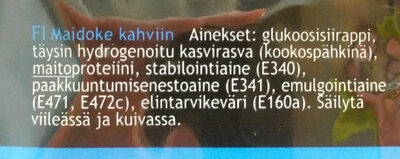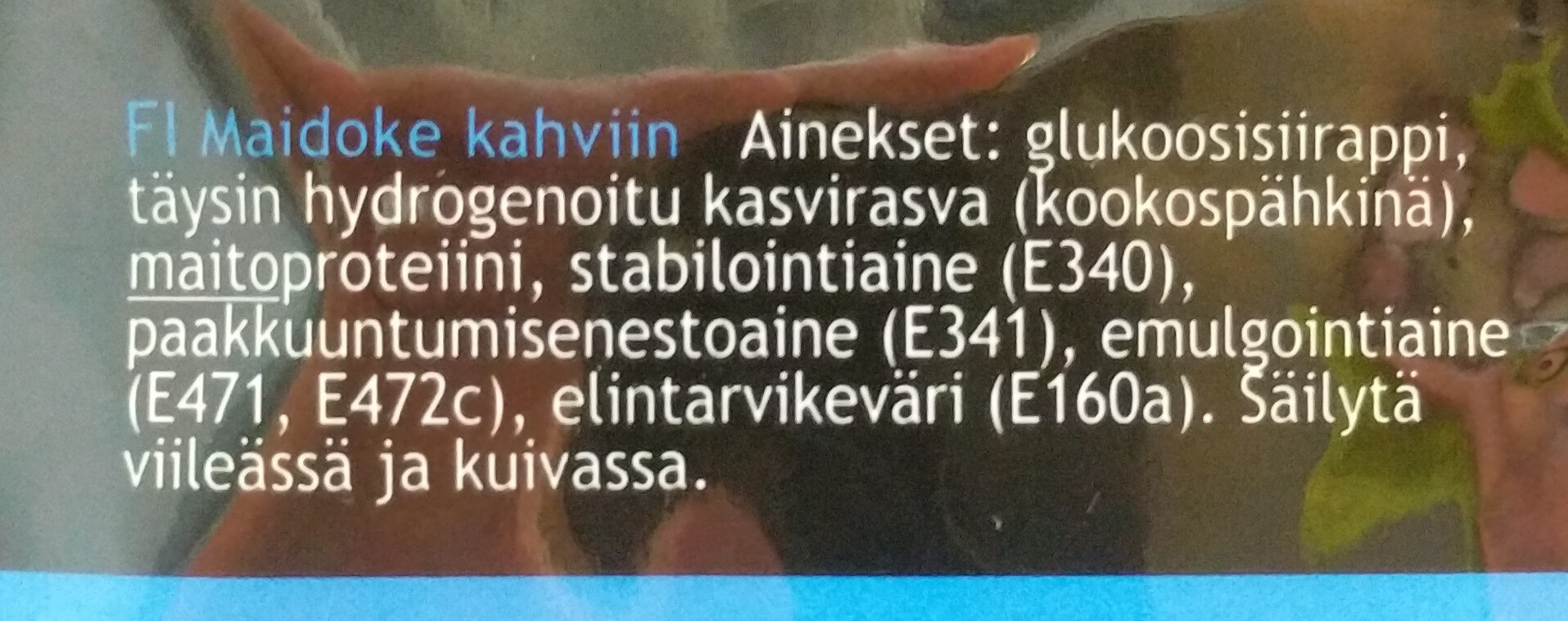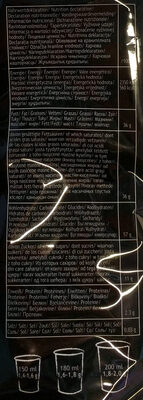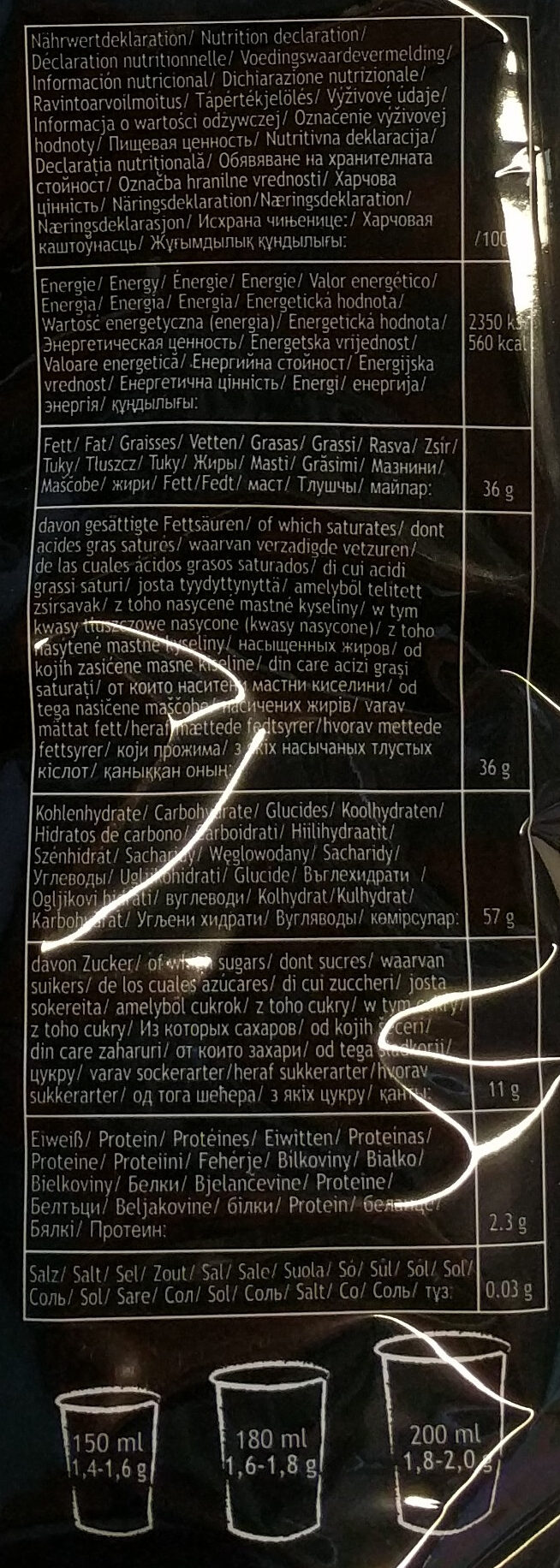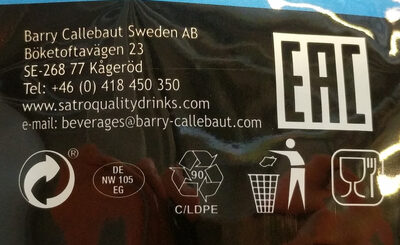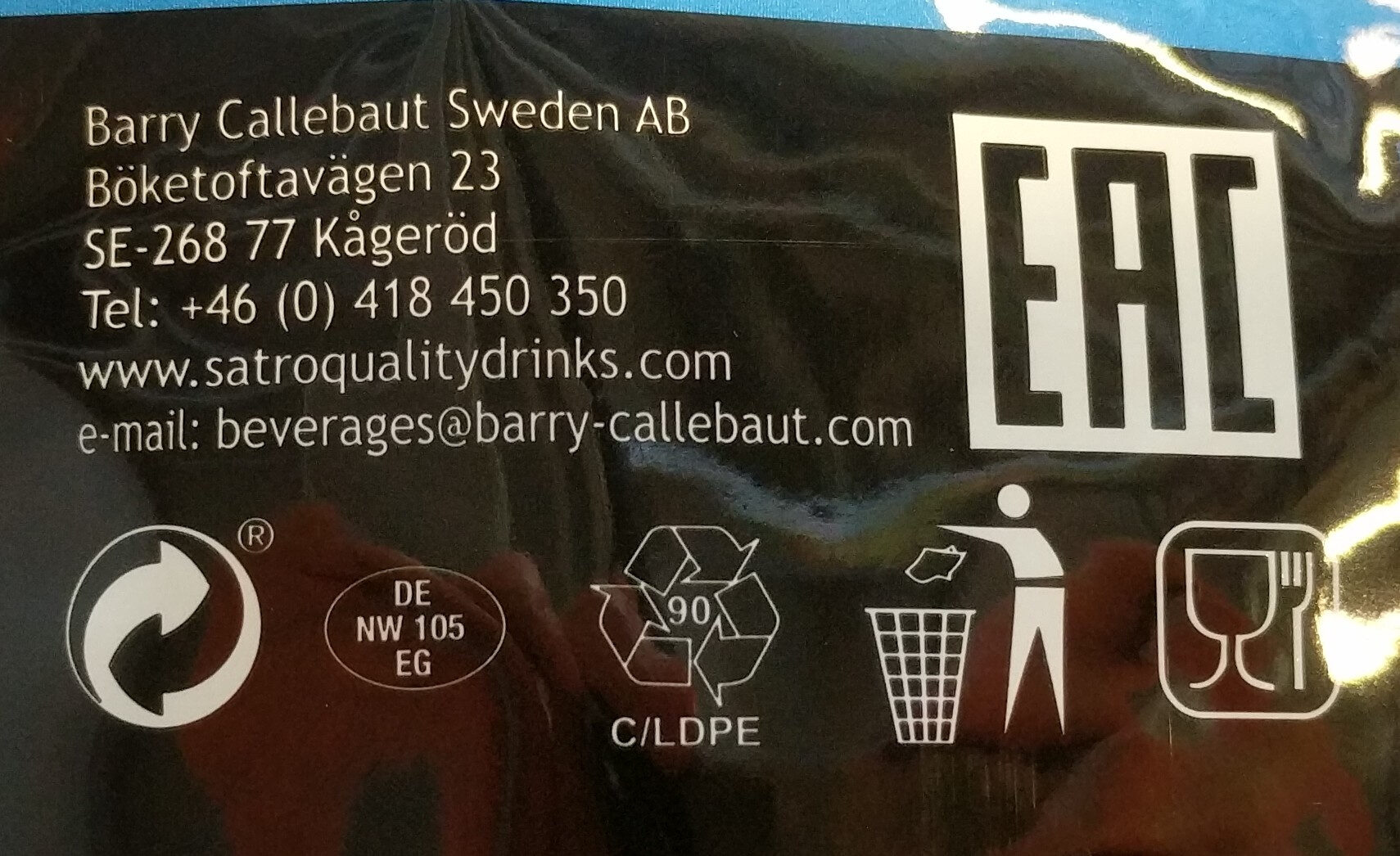Creamer - Satro Quality Drinks - 1 kg
This product page is not complete. You can help to complete it by editing it and adding more data from the photos we have, or by taking more photos using the app for Android or iPhone/iPad. Thank you!
×
Streckkod: 7350022394414 (EAN / EAN-13)
Kvantitet: 1 kg
Varumärken: Satro Quality Drinks
Kategorier: Växtbaserad mat och dryck, en:Dairy substitutes, en:Milk substitutes, en:Creamer
Etiketter, certifieringar, utmärkelser: EAC
Spårbarhetskod: DE NW-105 EG
Länk till produktsidan på producentens officiella webbplats: https://www.barry-callebaut.com/en-DK/ve...
Länder där såld: Finland
Matching with your preferences
Report a problem
Datakällor
Produkt tillagd den av mvainola
Senast ändrad produktsida på av mvainola.
Produktsida också redigerad av openfoodfacts-contributors, roboto-app.
Om uppgifterna är ofullständiga eller felaktiga kan du komplettera eller korrigera den genom att redigera den här sidan.


